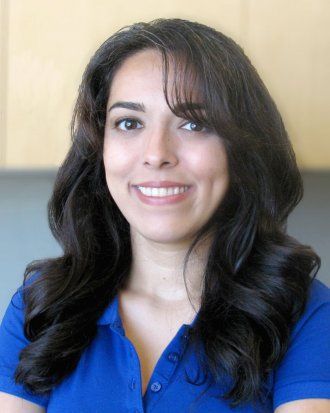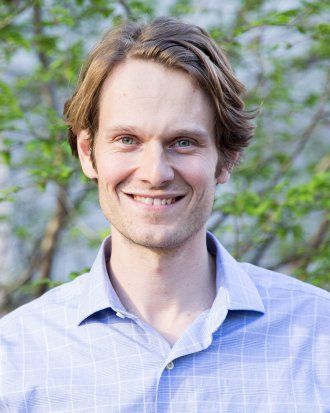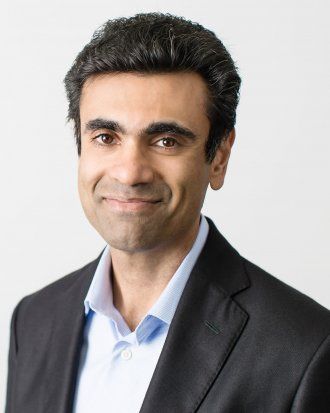Three UCSF Researchers Win NIH Grants for High-Risk, High-Reward Research
The National Institutes of Health (NIH) has awarded grants to three UC San Francisco researchers to pursue highly innovative and unusually impactful biomedical research.
The highly competitive grants, which were announced Oct. 1 among 93 such awards nationwide, were made under the High-Risk, High-Reward Research Program supported by the NIH Common Fund.
This year, three UCSF researchers received the New Innovator Award, which supports unusually innovative research from early-career investigators who are within 10 years of their final degree or clinical residency and have not received a research project grant (R01) or equivalent NIH grant.

Faranak Fattahi, PhD
Faranak Fattahi, PhD, a Sandler Fellow, has pioneered strategies to use human pluripotent stem cells (hPSCs) to study the peripheral nervous system in health and disease. The peripheral nervous system is an intricate network of various cell types that regulate the vital activities of almost every organ in the human body.
Her lab aims to combine recent advances in directed differentiation of hPSCs with drug discovery and regenerative medicine to understand complex disease phenotypes and develop new interventions for peripheral neuropathies.
Recently, she has established an hPSC-based model to study the development and function of the human enteric nervous system, the vast network of neurons that controls the activities of the gastrointestinal tract and is sometimes known as the “second brain.”

Alexander Pollen, PhD
Alexander Pollen, PhD, assistant professor of neurology and member of the Eli and Edythe Broad Center of Regeneration Medicine and the UCSF Weill Institute for Neurosciences, studies the recently-evolved genetic changes that contribute to specialized aspects of human brain development. To identify the unique features and vulnerabilities of the human brain, his lab combines single-cell genomics and genome engineering with organoid models of brain development – small clusters of brain cells grown from stem cells that mimic the development of specific brain regions. Recently, Pollen and collaborators created chimpanzee brain organoids, which allowed them to compare the cell types and genetic programs of human and chimpanzee different stages of brain development.
Pollen is also involved in the making of a comprehensive atlas of cell diversity and gene expression across the developing brain, which may reveal insights into neurodevelopmental disorders such as autism, intellectual disability and schizophrenia. In addition, his lab aims to develop novel approaches that enable scientists to go beyond “reading” cell types to “writing” them. Ultimately, he hopes to develop molecular tools to monitor, target, and replace specialized cell types in the human brain.

Vasanth Vedantham, MD, PhD
Vasanth Vedantham, MD, PhD, associate professor of medicine and cardiologist specializing in the treatment of heart rhythm disorders, conducts research on the development, physiology and evolution of heart rhythm from a multidisciplinary perspective. His current investigations are focused on understanding the origin and regulation of cardiac pacemaker cells, highly specialized heart cells that are responsible for initiating each heartbeat. His previous work defined mechanisms of gene regulation in pacemaker cells that allow them to function as the leading pacemakers of the heart. His lab is using a variety of approaches to develop a detailed, mechanistic model for how these cells arise during development and form a discrete functional node. Ultimately, his goal is to develop novel regenerative and preventive therapies for arrhythmias that are informed by bench science and by his practice as a clinical cardiac electrophysiologist.
This year, the NIH issued 11 Pioneer awards, 60 New Innovator awards, 9 Transformative Research awards, and 13 Early Independence awards. The total funding, which represents contributions from the NIH Common Fund and multiple NIH institutes, centers and offices, is approximately $267 million over five years.